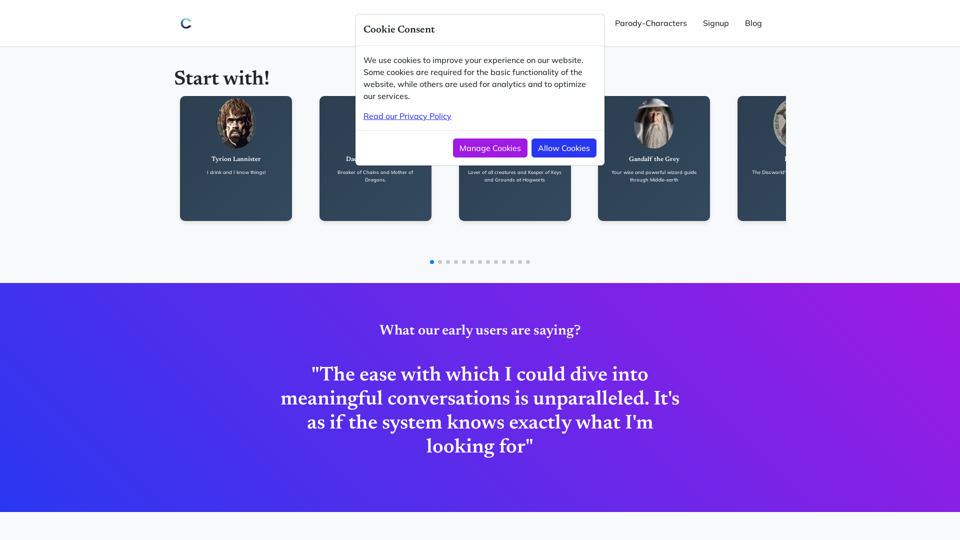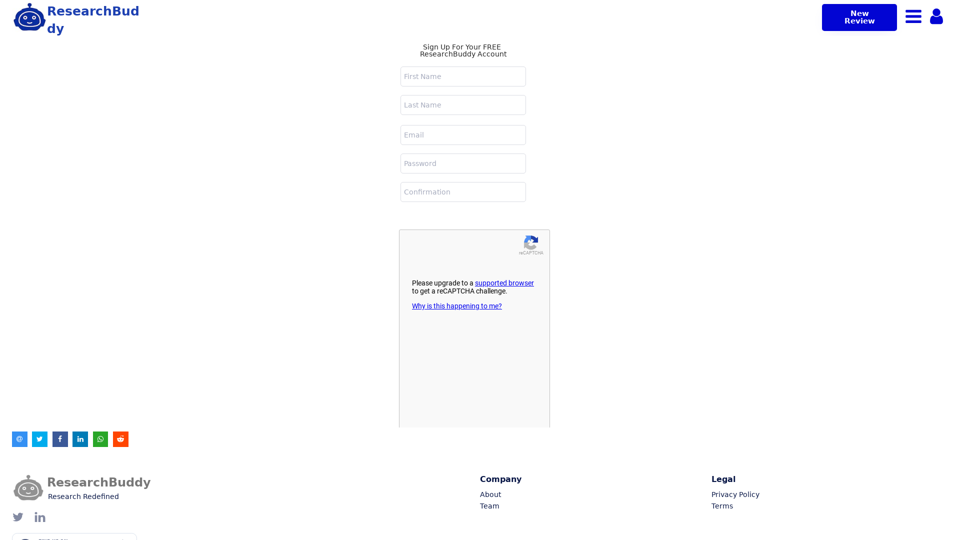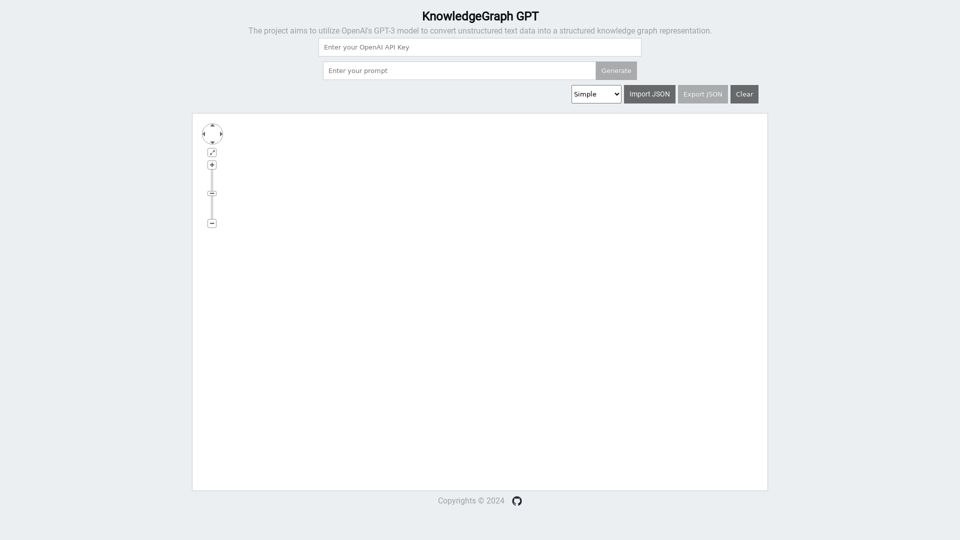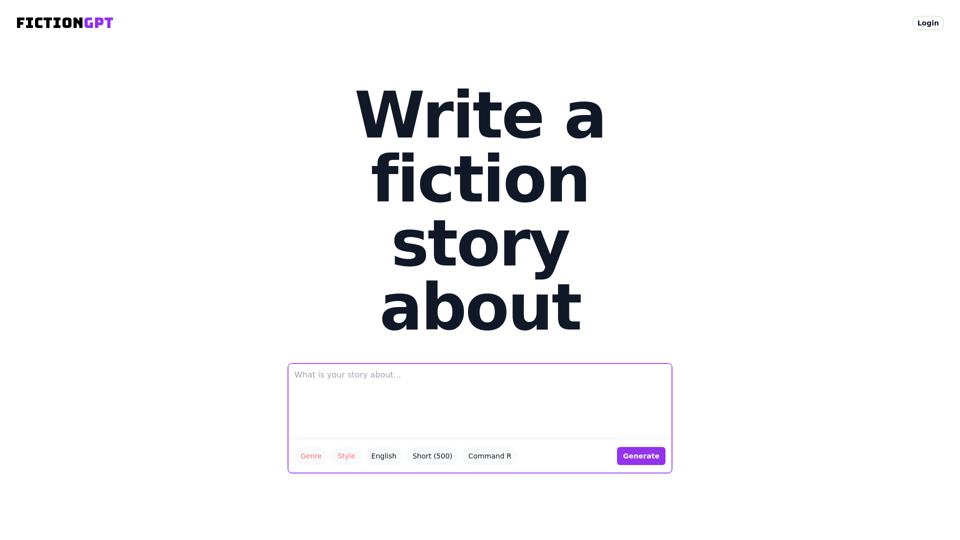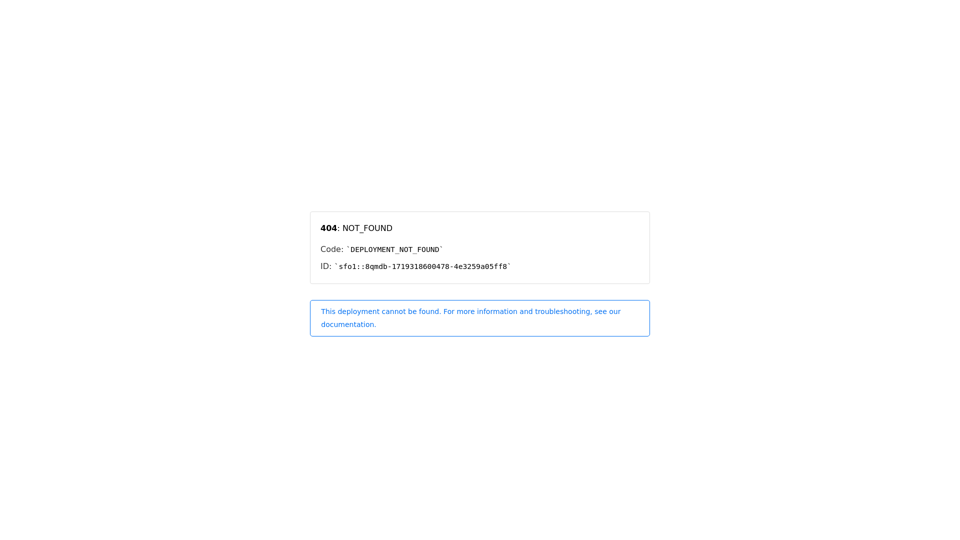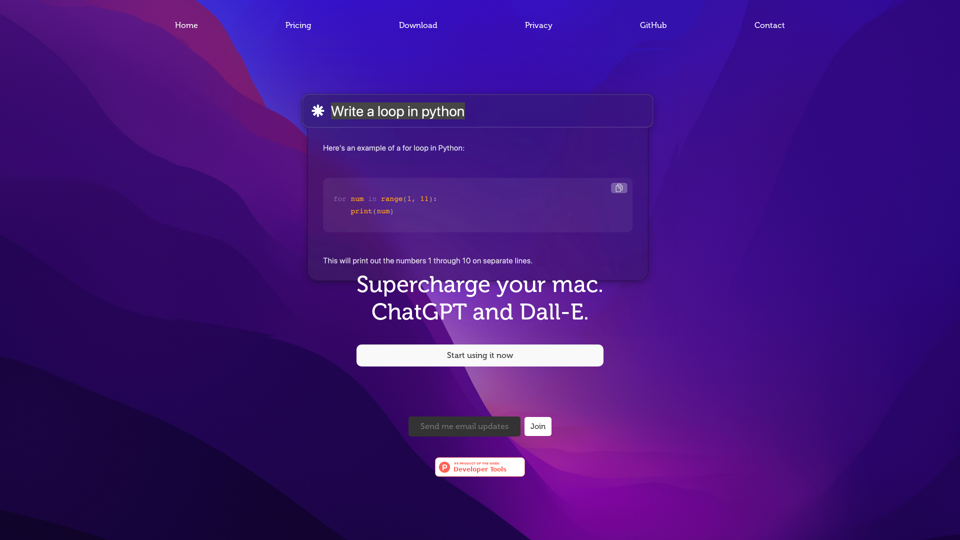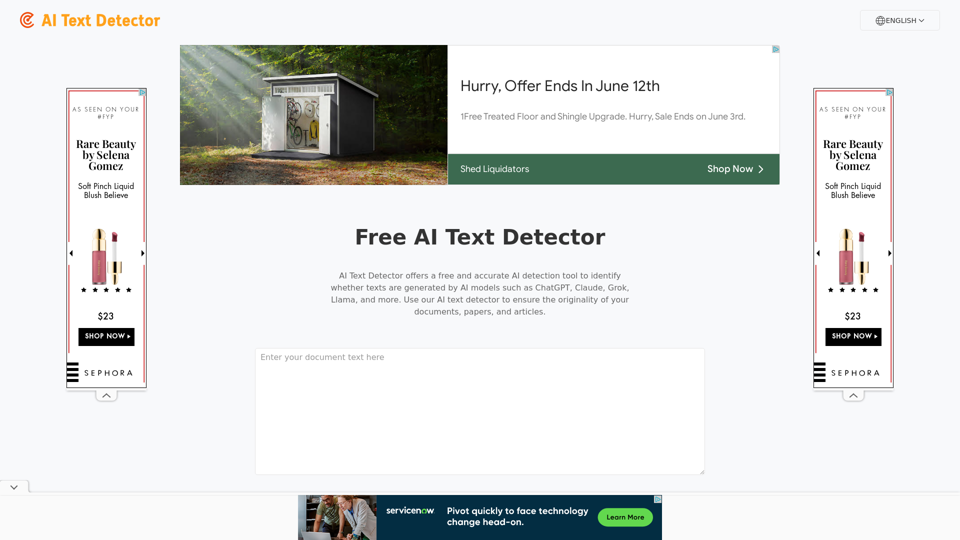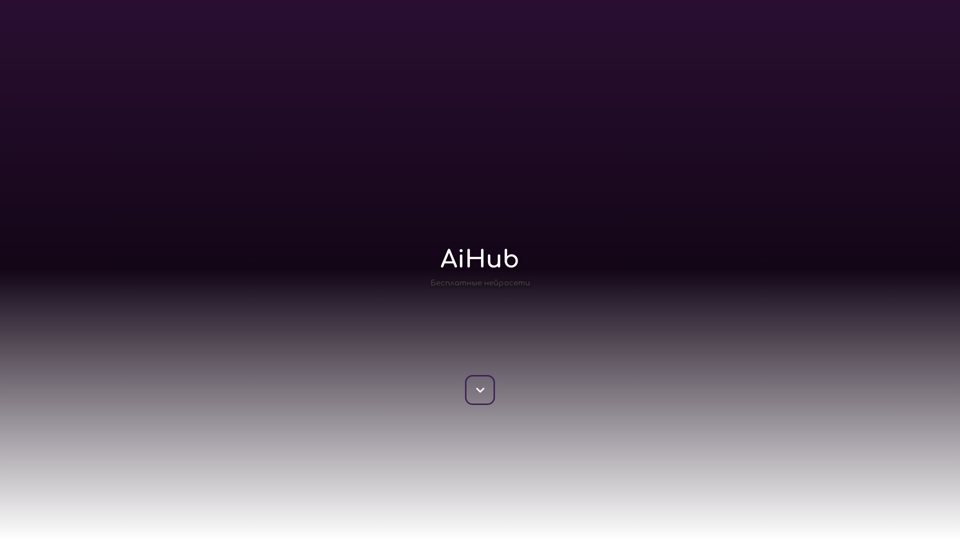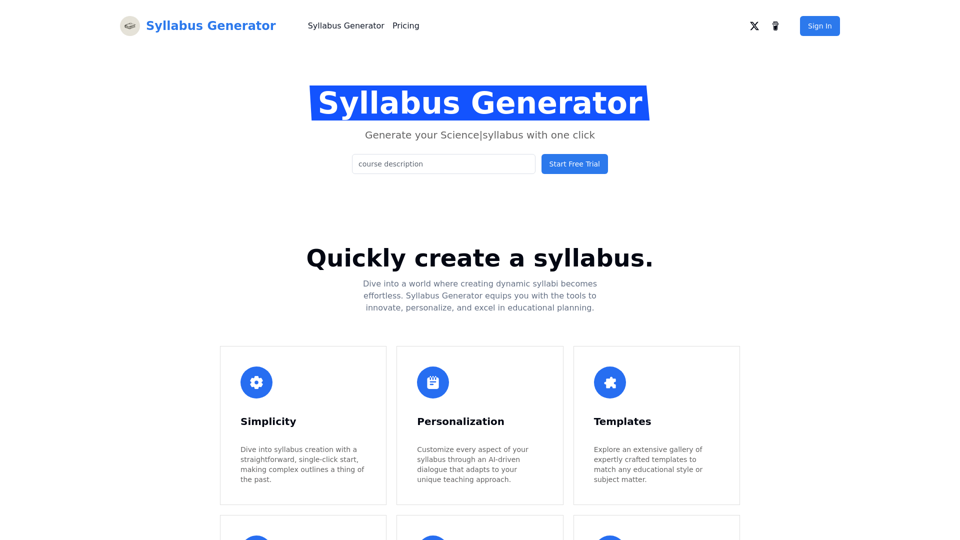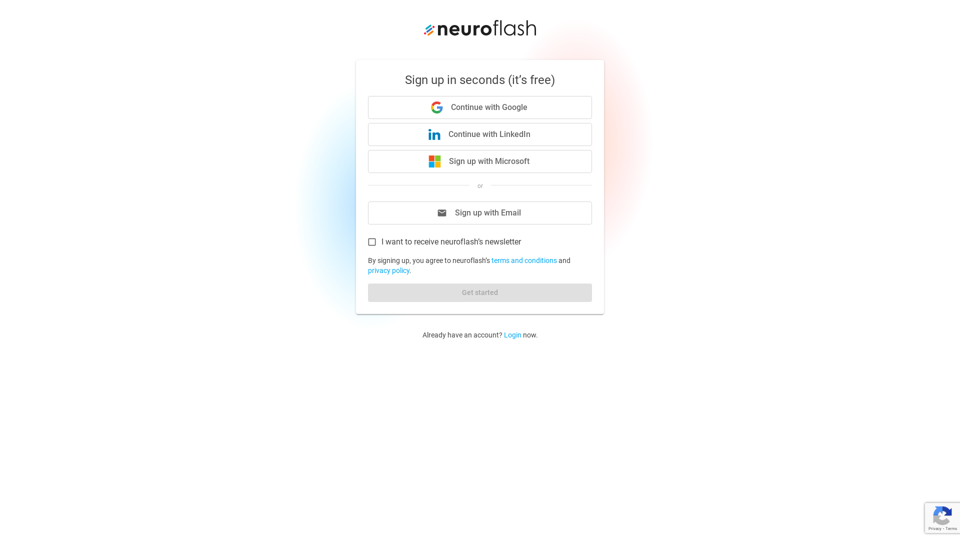What's a Knowledge Graph?
A knowledge graph is a structured representation of information that uses nodes to represent entities or concepts and edges to illustrate relationships between them. This graph-based model enables the storage, organization, and retrieval of complex data in a way that is easily understandable by both humans and machines. Knowledge graphs are integral to various applications, including search engines, recommendation systems, and natural language processing.
How a Knowledge Graph Works
- Data Collection: Gather data from diverse sources such as databases, websites, and documents.
- Entity Identification: Recognize and distinguish entities like people and places within the data.
- Relationship Extraction: Determine connections between identified entities.
- Ontology Creation: Develop a structured framework to organize entities and their relationships.
- Data Storage: Store the knowledge graph in a specialized database for graph data.
- Querying: Use graph query languages to search and explore connections.
- Inference: Discover new relationships or identify inconsistencies within the graph.
Benefits of Knowledge Graphs
- Enhanced Data Integration: Integrate structured and unstructured data into a unified view for richer insights.
- Improved Search and Discovery: Enable context-aware search results by understanding entity relationships.
- Semantic Understanding: Add semantic depth to data, crucial for tasks like natural language processing.
- Facilitation of Complex Queries: Efficiently handle complex queries involving multiple relationships.
- Real-Time Decision-Making: Support real-time analytics for timely decisions in domains like finance and healthcare.
- Interoperability and Reusability: Promote data sharing across systems through a standard representation.
Use Cases of Knowledge Graphs
- Search Engines and Information Retrieval: Enhance search results with context-aware answers.
- Recommendation Systems: Provide personalized suggestions by connecting user preferences with product data.
- Healthcare and Biomedical Research: Integrate patient data and medical research for better health outcomes.
- Enterprise Knowledge Management: Organize internal data for efficient knowledge discovery.
- Natural Language Processing: Improve NLP applications by providing context and understanding word relationships.
- Fraud Detection: Map and analyze relationships to detect fraudulent activities.
- Supply Chain Optimization: Connect data across supply chains for improved logistics and efficiency.
- Customer Relationship Management (CRM): Offer a comprehensive view of customer interactions for better personalization.
- Legal and Compliance Management: Link legal documents and regulations for efficient research and compliance.
- Intelligent Digital Assistants: Use knowledge graphs for accurate and context-aware responses.
Examples of Knowledge Graph Implementations
- Google Knowledge Graph: Enhances search results with summaries and related information.
- Facebook’s Social Graph: Maps user relationships for personalized content delivery.
- IBM Watson: Integrates medical data for cognitive computing in healthcare.
- Amazon Product Graph: Connects products and user data for personalized recommendations.
- LinkedIn’s Economic Graph: Maps professional relationships for job and connection suggestions.
- DBpedia: An open-source knowledge base derived from Wikipedia's structured data.
- Microsoft Satori: Powers search and virtual assistant services by understanding entity relationships.
Knowledge graphs are powerful tools that enhance data integration, search, and decision-making across various domains. By structuring and connecting data, they provide a richer, more meaningful understanding of information, crucial for modern applications in AI and machine learning.
